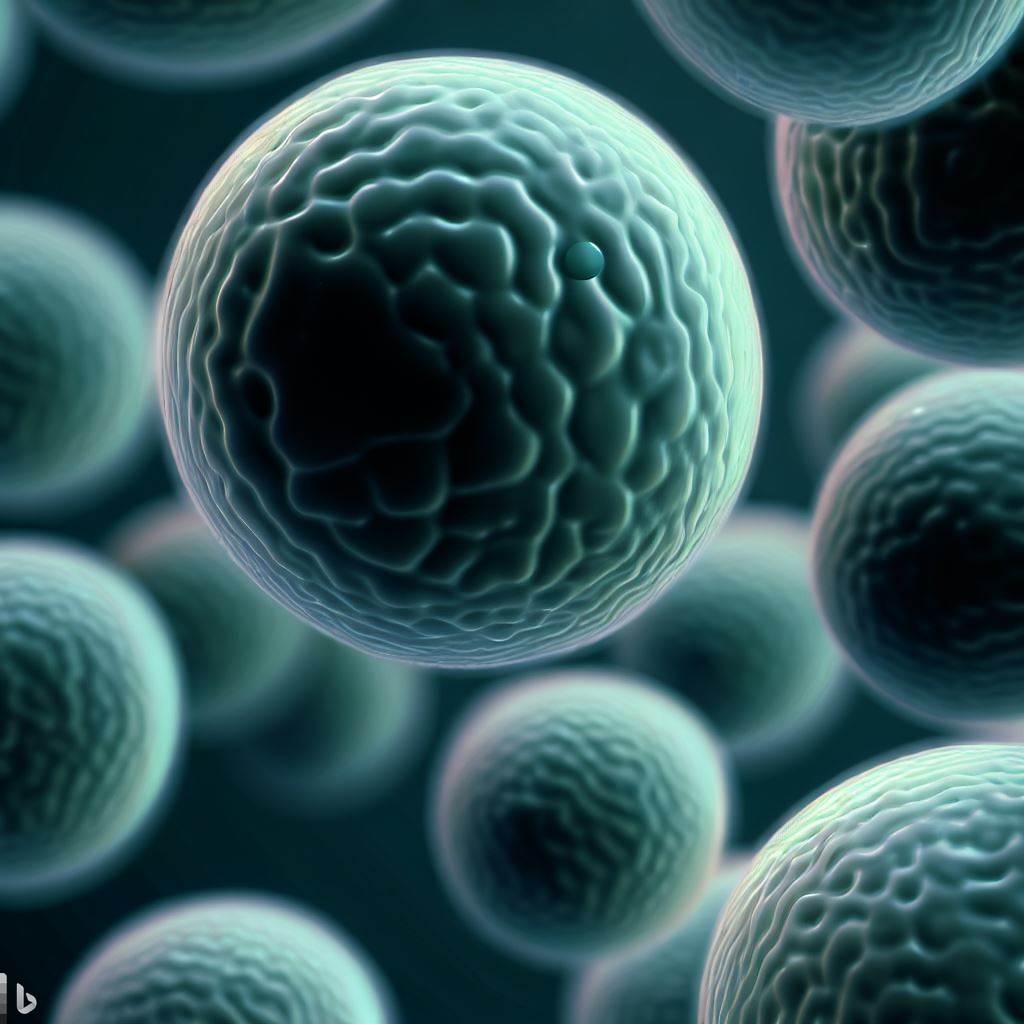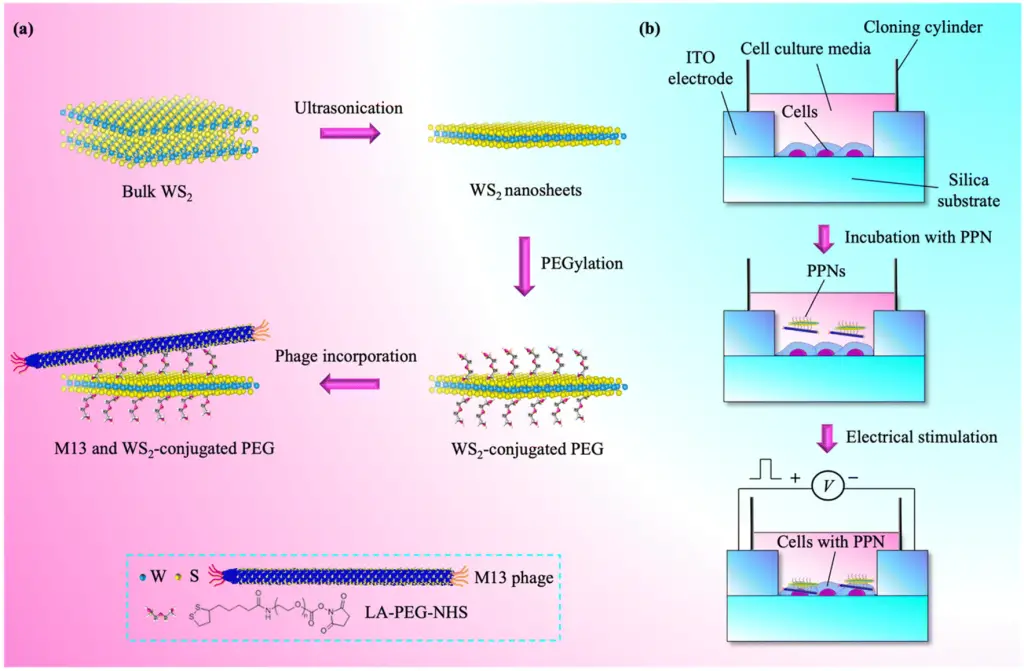In the world of bacteria, a remarkable discovery has been made that unveils the hidden powers of phage tail-like nanostructures called contractile injection systems (CISs). While the presence of CISs is widespread among bacteria, their biological significance has remained largely elusive. However, a team of scientists from the University of Tsukuba in Japan has shed light on these mysterious nanostructures, particularly within Streptomyces lividans—a model Gram-positive bacterium known for its highly conserved CIS-related gene clusters. Their groundbreaking study, published in the esteemed journal mSphere, has revealed the unexpected localization and crucial role of a specific CIS variant called Streptomyces phage tail-like particles (SLPs) in protecting the bacterium from hyperosmotic stress.
Unlike typical CISs that are released from the cells, SLPs were found to be confined within the cytoplasm of S. lividans. Intriguingly, the absence of SLPs had significant consequences on the bacterium’s behavior under hyperosmotic conditions. The researchers observed a delayed formation of aerial mycelia on solid media with high osmolarity, and decreased growth during the transition from exponential to stationary phase in liquid media with elevated osmotic stress.
To better understand the role of SLPs, the scientists explored their interactions with other cellular components. Fluorescent protein-tagged SLPs exhibited partial correlation with proteins involved in cell wall synthesis, particularly MreB—an actin-like cytoskeleton protein (Read about reporter phages). Through pulldown assays and subsequent proteome analysis, they discovered that 30S ribosomal proteins and other cell wall-related proteins, including MreB, coeluted with SLPs. Further investigations using recombinant proteins revealed a direct interaction between a sheath protein of SLP and ribosomal protein S16. Cross-linking experiments indicated indirect interactions between SLPs and translation elongation factors. These findings suggest that SLPs are intricately associated with a protein interaction network within the cytoplasm of S. lividans, and their absence renders the bacterium more susceptible to specific stress conditions.
The study’s findings hold significant implications, especially considering the conservation of CIS-related gene clusters in Gram-positive actinomycetes, including Streptomyces species known for their ability to produce valuable antibiotics. The unique intracellular localization of SLPs and their interactions with cytoplasmic proteins suggest that these nanostructures play a vital role in intracellular processes. Furthermore, the increased vulnerability of S. lividans to osmotic stress upon SLP loss highlights the impact of these phage tail-like nanostructures on the bacterium’s fitness in challenging environments.
The research conducted by the University of Tsukuba team represents a significant step forward in understanding the biological significance of CIS-related nanostructures in Streptomyces species. Their work provides valuable insights into the intricate world of bacterial nanostructures and opens new avenues for exploring the potential applications and functions of these remarkable cellular guardians.
The groundbreaking study was made possible through the support of various institutions and programs. The Japanese Society for the Promotion of Science provided a Grant-in-Aid for Scientific Research, while additional funding was contributed by Amano Enzyme Inc. The project also received support from the Japan Science and Technology Agency. The Suntory Rising Stars Encouragement Program in Life Sciences played a crucial role in advancing the progress of this study.
Read the original article here: https://doi.org/10.1128/msphere.00114-23




